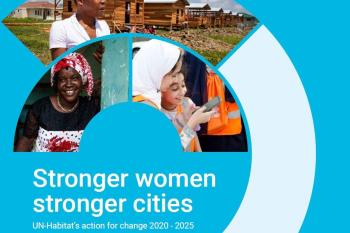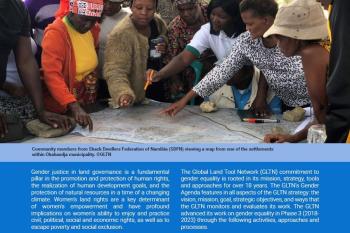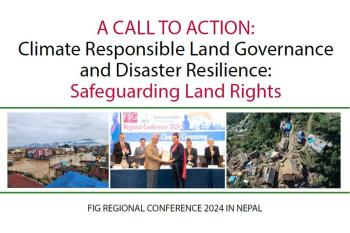
Read More
Stronger women stronger cities: UN-Habitat’s action for change 2020 – 2025
This publication presents a summary of UN-Habitat’s gender equality impact over the past five years, in line with the Beijing reporting cycle.
Rangelands provide numerous goods and services that have great economic, social, cultural, and biological value. Inhabitants of rangelands have engineered pastoral, hunter-gatherer, and farming systems that have sustained their livelihoods in these usually dry environments for centuries. Primarily, rangelands are grazing-dependent systems, characterised by dry periods and droughts. However, these characteristics should not be a barrier to development and can be managed through careful planning and management of resources.
Rangeland communities’ territories are closely associated with permanent water points. Some differentiate between “territories of transhumance” (wet grazing areas) and “territories of anchorage” (dry grazing areas), which enclose strategic resources such as wells and riverside grazing. Pastoralists employ highly specialised risk-spreading strategies to safeguard herds in this harsh environment. Introducing village land use planning (VLUP) processes in a rangelands context is challenging. Pastoralist and hunter-gatherer production systems often require movement across village boundaries to access or share grazing or water resources.

This publication presents a summary of UN-Habitat’s gender equality impact over the past five years, in line with the Beijing reporting cycle.

GLTN’s institutional commitment to gender equality and secure land rights for women and girls has been at the core of its work since inception in 2006.

This FIG Nepal CALL TO ACTION on Climate Responsible Land Governance and Disaster Resilience underscores the imperative for land professionals to act in a climate responsive way.